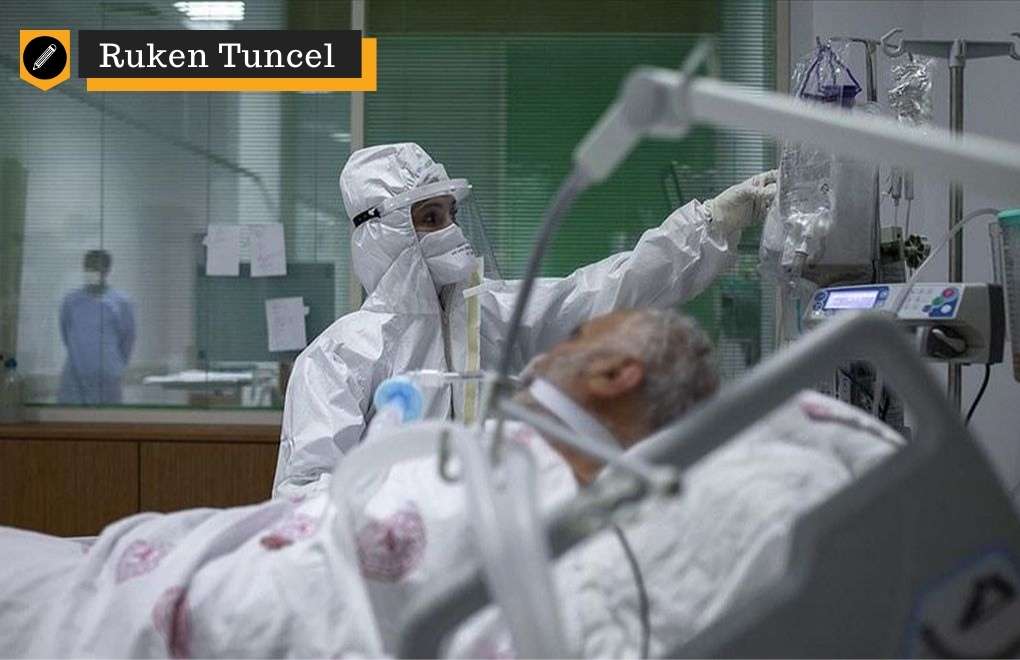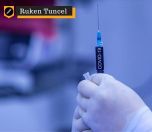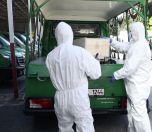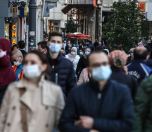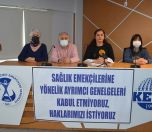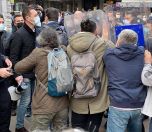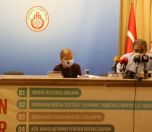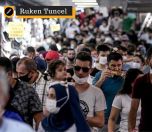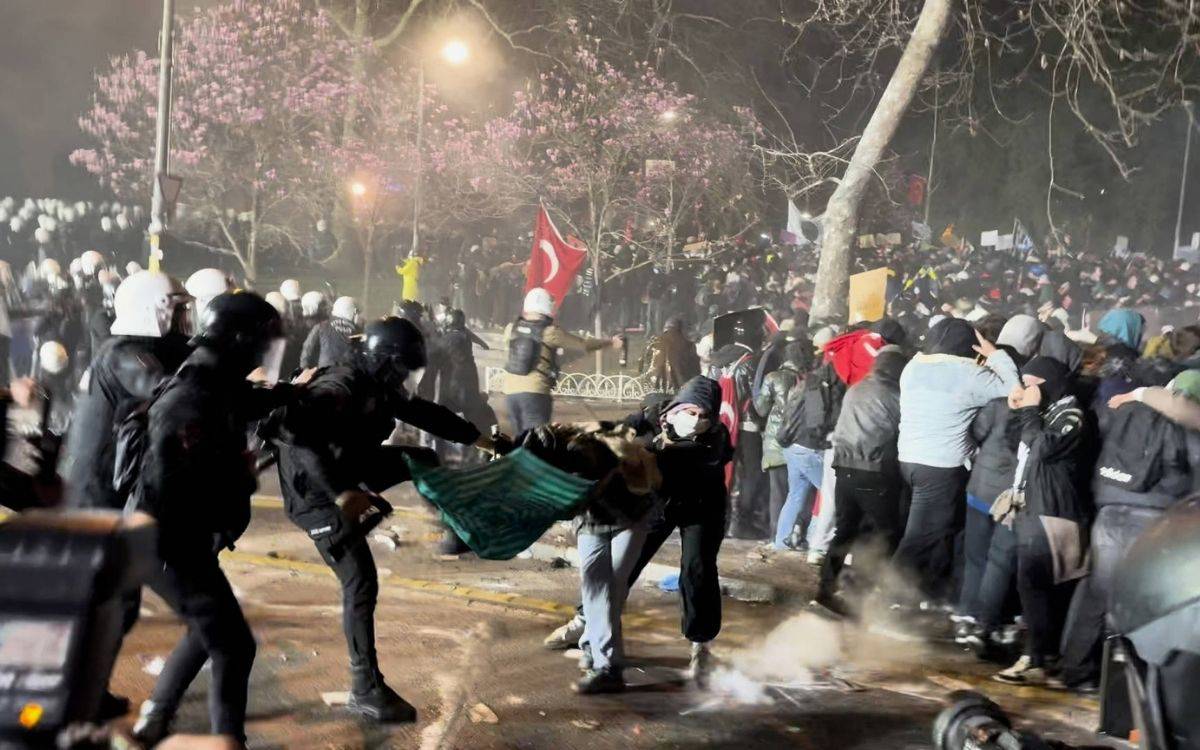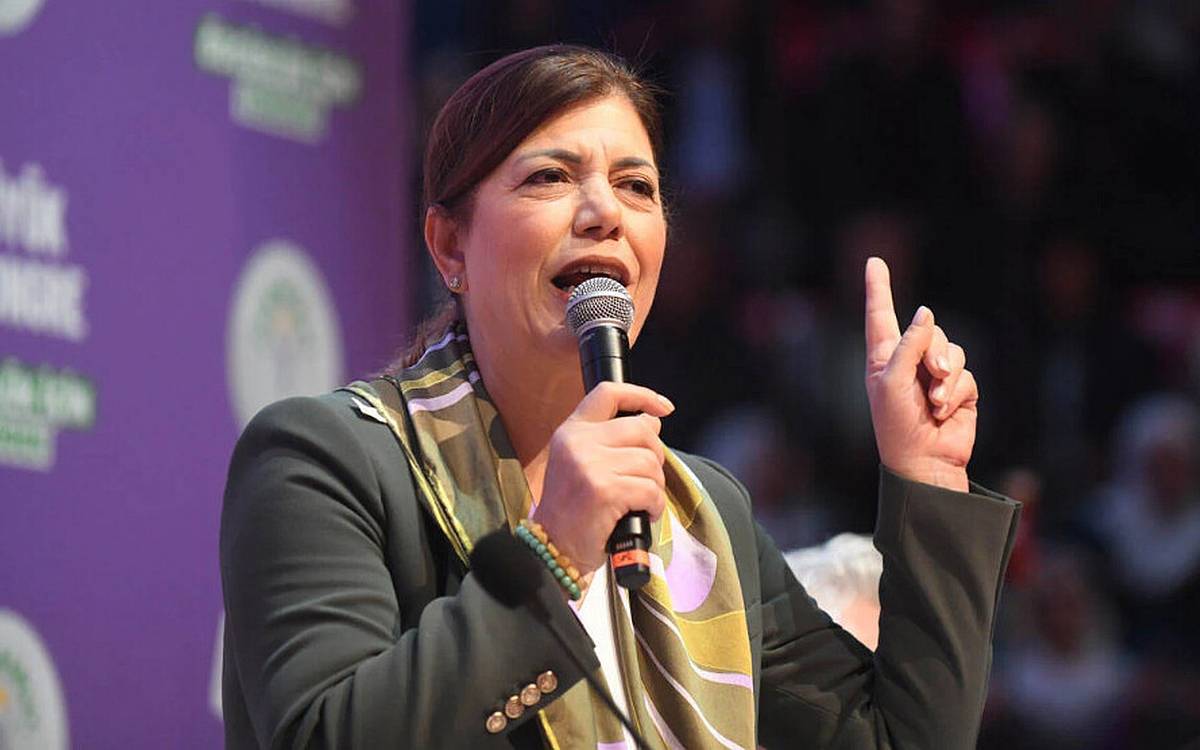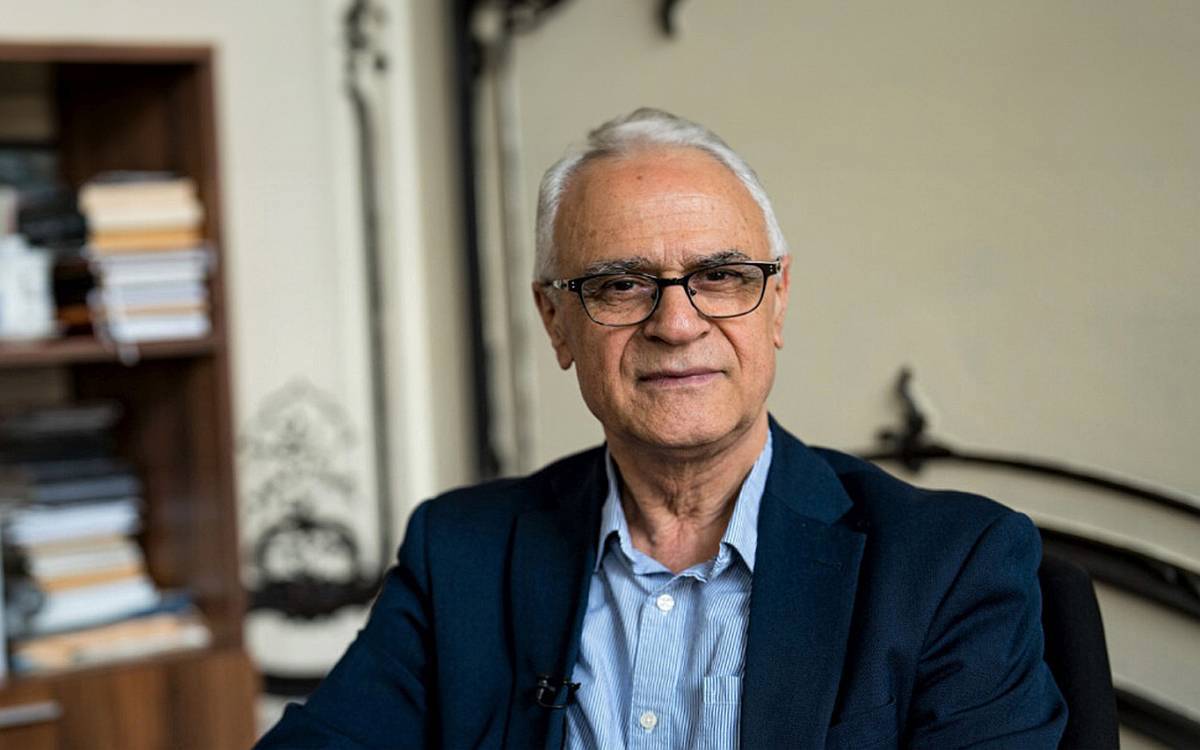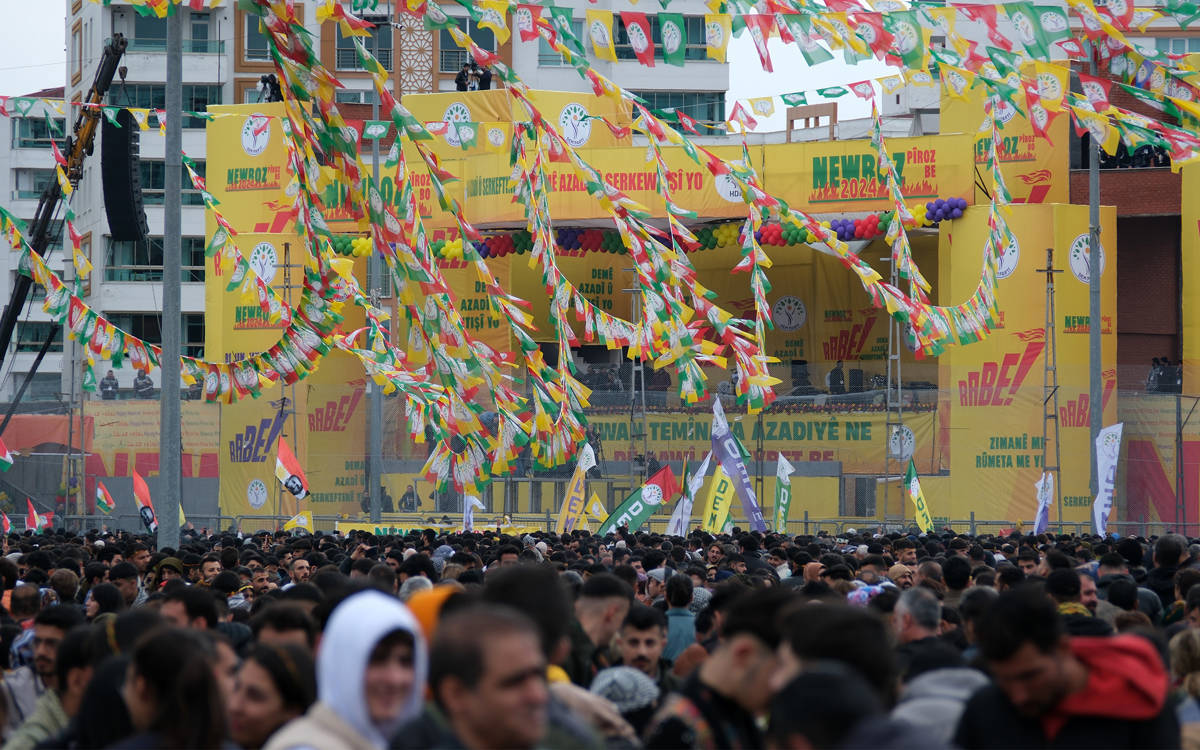* Photo: Anadolu Agency (AA)
Click to read the article in Turkish
The Ministry of Health has recently updated the weekly number of COVID-19 cases per 100 thousand people by provinces. The new map has shown that the highest number of cases is currently in Samsun, İstanbul, Yalova, Çanakkale, Kırklareli and Giresun provinces.
The numbers of cases and deaths are increasing day by day. Experts have been warning that the pandemic might take a turn for the worse when compared to November-December 2020, when the highest number of cases and fatalities were reported in Turkey thus far.
Speaking to bianet amid these concerns, Prof. İsmail Cinel, the Chair of Turkish Society of Intensive Care, says that Turkey has been going through the peak of the third worst period of the pandemic, underlining that the situation of COVID-19 services and intensive care units at hospitals is very likely to be worse than it was the case in November 2020.
CLICK - 'Pandemic units in İstanbul full, new ones opened'
'We need to put on the brakes'
Prof. Cinel stresses that the number of cases is increasing very quickly and makes the following comparison with November:
"On November 13, we saw 33 thousands; a week later, we saw the highest numbers in intensive care units with 5 thousand 980 patients. It is different now. The highest number of cases was 33 thousand back then; it is now in 44 thousand 750s and constantly increasing. Our number of critically ill patients treated in intensive care is around 2 thousand 200s-300s.
"Our number of critically ill patients is lower when compared to November, but the number of cases is going up quickly.
"As this number is rising, the number of patients in intensive care will also increase after some time. Intensive care units are in a better condition than November, but we are very likely to end up in a worse condition than November. We need to put on the brakes as soon as possible."
'Virus can be caught in a minute now'
"The rate of increase is terrifying, hospital beds have started to get full," says Prof. Cinel and briefly adds the following: "The number of critically ill patients increased in November, but it started to decrease later. With the opening, it is now increasing incrementally every day.
"The virus that used to be caught in five minutes can now be contracted in a minute. These are very important details. The number is increasing uncontrollably. They have introduced a lockdown at the weekend, but the citizenship consciousness is also very important.
"There has been a change in the perception. 'Vaccines have arrived, we have overcome this,' they think. It is not the case. The third wave is spreading very fast and it might lead to a chaotic situation.
"We also have non-COVID patients. We cannot treat them in the same intensive care units. Amid these increasing numbers, we have now allocated two of five non-COVID intensive care units to COVID; we will have to allocate three in the near future. But non-COVID patients need it as well.
CLICK - İstanbul's weekly case number quadruples
'We have come to an important week'
"For this reason, the occupancy rate of intensive care units must not pass a certain level. Otherwise, it will be a problem. A patient who needs to be treated in an intensive care unit can wait for two hours, but cannot wait for 6 or 24 hours. We are coming to a very important week. We might come to a serious week where social mobility must be totally minimized."
'Child intensive care units see a rise'
Commenting on the age groups treated in intensive care and the effect of vaccination within this context, Prof. Cinel says:
"There was a more aged group in the first and second waves. They were around the age of 80. But, now, younger age groups are treated in intensive care units. As the people aged 65 and over have been vaccinated, there are now those under these age groups.
"As vaccination is taking long, the virus is mutating. Its incidence among young people and children has increased.
"There has also been an increase in the child intensive care units. The most risky group is the ones aged between 45 and 65. They have not yet been vaccinated and their resilience is lower."
'The UK variant is more deadly'
Speaking about the effect of coronavirus variants and the treatment of these cases, Prof. Cinel briefly says the following:
"The UK variant is more deadly. Also, patients used to be taken to intensive care much later; they are now taken to intensive care on the second or third day of their hospitalization. It has something to do with the fact that this mutated virus is more deadly and causes more tissue damage.
"This is no joke. We take the patients suffering from tissue damage and function losses to the intensive care and it becomes harder for us to treat it. When we take them to intensive care units, it is possible that they are infected with not only COVID-19, but with other microbes as well.
"We are struggling against organ function disorder, namely sepsis. We are struggling against very serious forms of sepsis.
"As long as patients with organ damage are taken to intensive care units, the mortality rate at intensive care units will increase.
'Treatment at intensive care takes longer'
"As the mutated virus leads to more tissue damage, the treatment at the intensive care now also takes longer. The rate of losing patients has increased as well. Vaccination is effective in intensive care units, but as we have vaccinated those aged 65 and over, the average age in intensive care units has decreased, the virus has turned to the young.
"That being the case, we will have problems finding a vacancy in both intensive care units and services. We need to pull ourselves together. Everyone needs to take a step back with a citizenship consciousness."
Concluding his remarks, Cinel warns:
"We saw it after the first and second waves: The survivors' organ capacity diminishes. They turn into half a person, so to speak. Given that the mutated virus is more deadly, its damage will also be greater." (RT/SD)





